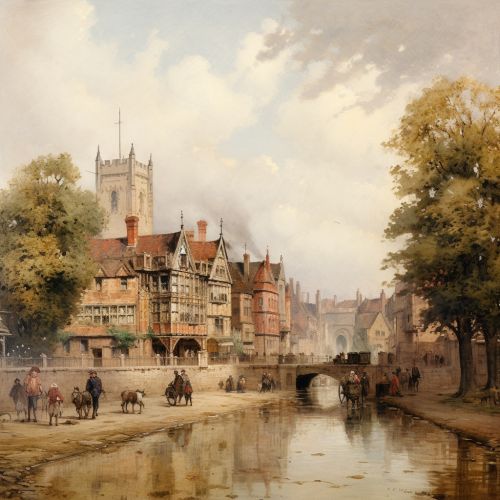Henry Walter Bates
Early Life
Henry Walter Bates was born on February 8, 1825, in Leicester, England. His father, also named Henry, was a hosiery manufacturer, while his mother, Sarah, was a homemaker. Bates had a keen interest in natural history from a young age, a passion that was nurtured by his parents. He attended local schools in Leicester, where he excelled in science.


Career
In 1842, Bates took up a position as an apprentice at a hosiery manufacturer. However, his interest in natural history did not wane. He spent his spare time collecting insects and studying their behavior. His fascination with insects, particularly beetles, led him to join the Entomological Society of London in 1843.
In 1848, Bates embarked on a journey to the Amazon, accompanied by his friend and fellow naturalist, Alfred Russel Wallace. This expedition, which lasted for over a decade, was a turning point in Bates' career. He collected over 14,000 species of insects, many of which were previously unknown to science.
Bates' observations during his time in the Amazon led to the development of the Batesian mimicry theory, which explains how non-toxic species evolve to resemble toxic species as a means of survival. This theory, published in 1862, is considered a significant contribution to the field of evolutionary biology.
Later Life and Legacy
Bates returned to England in 1859 and spent the next few years cataloging and documenting the species he had collected. He published his findings in a book titled "The Naturalist on the River Amazons", which received critical acclaim. Bates continued to work in the field of entomology until his death on February 16, 1892.
Bates' work has had a lasting impact on the field of evolutionary biology. His theory of Batesian mimicry is still widely studied and referenced in modern scientific research. His extensive collection of insects continues to be a valuable resource for entomologists.
